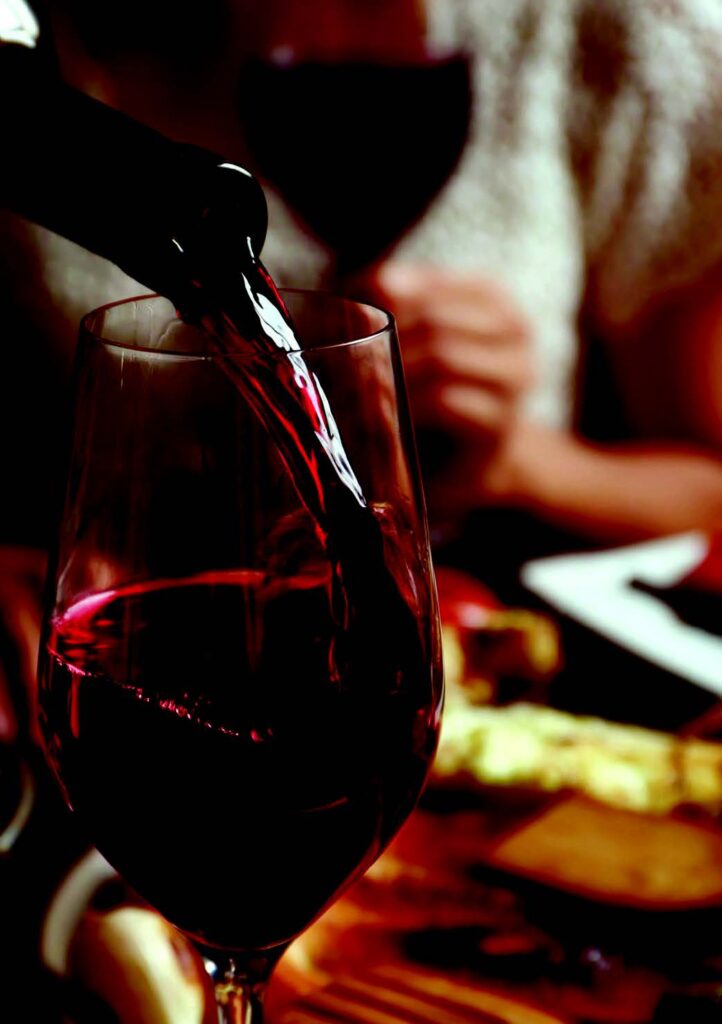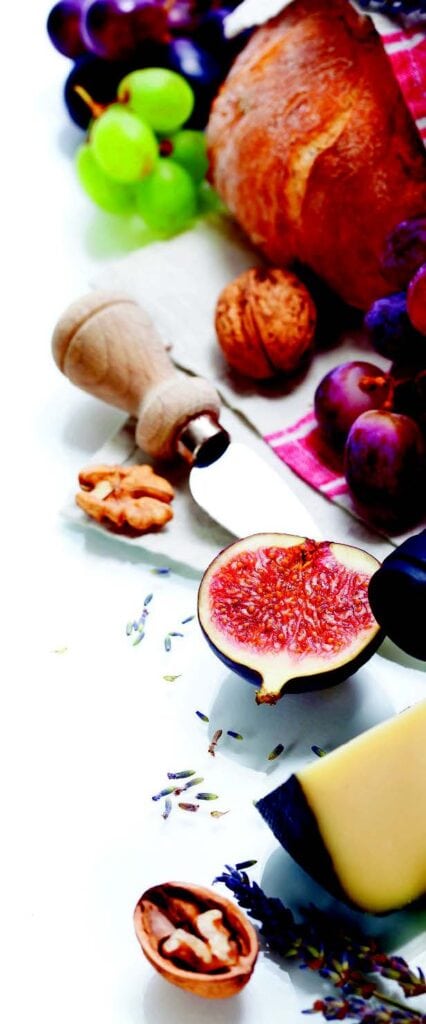The Perfect Match
Our wine expert suggests some tips for food and wine pairing.
Although food and wine pairing is an art that can take years to perfect, there are a few basic tips that will help you get it right every time whether it’s a mid-week meal at home or a special dinner party. The rule of thumb is about balance – you want to taste the food and the wine – so the key is not to let one overpower the other.
The Do’s
Weight
Try to match the weight of the food with the weight of the wine – richer, fattier food needs a full-bodied wine to balance with all the elements, but it does not necessarily have to be red – a full-bodied white is better than a lighter-styled red for these kinds of dishes. Examples of full-bodied reds include Malbec, Shiraz and Zinfandel and whites include oaked Chardonnay and Rhone whites. On the other hand, food which is lower in fat such as pasta without sauce, poultry and lean meat is better paired with lighter-styled wines such as Beaujolais and Pinot Noir for red and Chenin Blanc (from the Loire in Northern France), Vinho Verde and Gavi for white.
Flavour Intensity
This is not the same thing as weight – flavour intensity in a wine refers to the depth of the aromas and flavours in the wine that needs to matched with the same level of intensity in the food otherwise one will overpower the other. So a light-intensity wine like, for example, a Pinot Grigio or a Cabernet Franc would be perfect for simple dishes such as noodles and white fish without a heavy sauce, but would be lost on a dish such as lamb stew as the flavour intensity is not balanced.
Acidity
All wines have acidity otherwise the wine would be dull and flat, but some wines are naturally much higher in acidity than others and the food needs to be of a similar level of acidity to avoid that tart, unpleasant taste on the palate. Wines such as Sauvignon Blanc and many of the Italian whites are naturally very high in acidity, which is why they are perfect partners for fish, seafood, olives and feta cheese. Red wine generally has lower acidity than white wine, but Sangiovese from Tuscany in Italy is particularly high in acidity for a red wine, which is one of the reasons why it goes so well with tomato-based dishes which are very high in acid. Red wines which have lower acidity include Merlot, Grenache and Malbec and pair well with vegan and vegetarian food, but also chicken-based dishes and lean meat.
Tannins and Fat
Tannins are found in the skin and seeds of grapes and although they are found in white grapes, they are far more dominant in black grapes. Tannins need to be ripe when the grapes are picked as unripe tannins in wine can leave your mouth feeling dry, especially around the teeth (a bit like drinking black tea) which is not pleasant at all. However, tannins in wine do complement fatty food well as they help to absorb the fat and highlight the flavour of the food. Grape varieties vary with the amount of tannins that are naturally in the skin – Gamay for example (the grape that makes Beaujolais) is low in tannins and therefore a meal lower in fat would be a good pairing, but on the other hand, Cabernet Sauvignon or Nebbiolo (the grape for Barolo) are very high in tannins and would go well with dishes such as pork belly or even a rich, creamy pasta.
Spicy Foods and Sweeter Wines
Spicy food such as Thai or Indian curries pair very well with wines that are slightly sweet or off-dry as the sweetness coats your tongue and counteracts the heat of the food. Examples include a medium sweet Reisling, Gewurztraminer and off-dry styles of Pinot Gris – you want to enjoy the spices, but not set your mouth on fire with wine that competes for flavour. If you like to drink red with spicy food – try to stick to a lower alcohol wine – no higher than 12% or a rose such as white zinfandel would work very well as well.
Match the Wine with Food From the Same Region
Many countries, especially in Europe have been producing food and wine in their local area for centuries and as a result, the food from a particular region will usually pair well with the wine produced. Think about Sancerre in the Loire Valley in Northern France made from Sauvignon Blanc; this wine pairs beautifully with the local goat’s cheese because the acidity in the wine stands up to the acidity in the cheese. Chianti from Tuscany is ideal for all those Italian pasta-based dishes such as spaghetti Bolognese because of the high acidity in the food and the wine. Gruner Veltliner from Austria is perfect with sausages and sauerkraut as well as pork schnitzel – what grows together goes together!
The Don’ts
Sweetness and Desserts
Don’t have a dessert that is sweeter than the wine – your wine will taste sharp, bitter or even sour. Dessert wines are made to pair with sweet desserts – some are sweeter than others. But a Sauternes, a famous sweet wine from Bordeaux, will go with most rich desserts and it also goes very well with blue cheese too as salty and sweet are good partners. It is also very common to serve sparkling wine or Champagne at celebrations at the end of the meal and often with cake; our palate is already primed by sweetness and most sparkling wine is very dry and it will actually just taste quite tart, sharp and dry. Either have the Champagne toast earlier in the celebration or if you want to toast at the end have a sweeter sparkling wine.
High Alcohol Wine with Spicy Food
This is a no–no! Avoid wines high in alcohol with spicy food – they will fight together in your mouth and you won’t appreciate the spices in the food and neither will you be able to taste the wine. Whether you choose white or red keep the alcohol content to 12% or under such as Vinho Verde, Bacchus, a medium sweet Reisling from Germany or a Chenin Blanc from the Loire Valley.
Tannic Wine and Foods High in Salt
Rough tannins in a wine can be magnified by salt – if you are drinking a wine that has high tannins – avoid foods high in salt such as nuts, smoked and cured meat, bacon, sausages, sardines, burritos and pizza. Foods high in salt go better with reds such as Beaujolais, Merlot or most white wines as the tannins are much lower than for example a Syrah or Cabernet Sauvignon.
But most importantly – enjoy the food and wine and that you like and you can’t go wrong.
Rowena Hawtin DipWset
www.discoverthevine.co.uk
Posted in: Food and Drink


